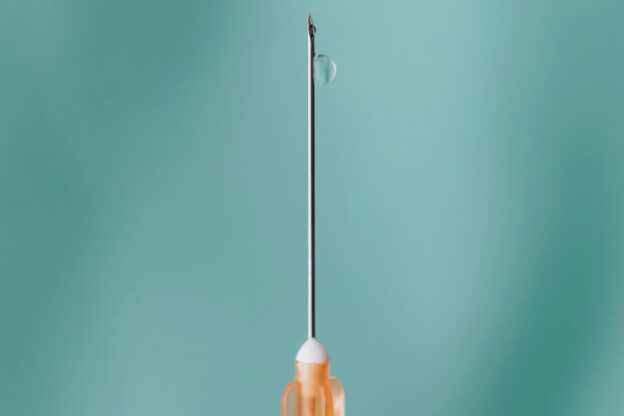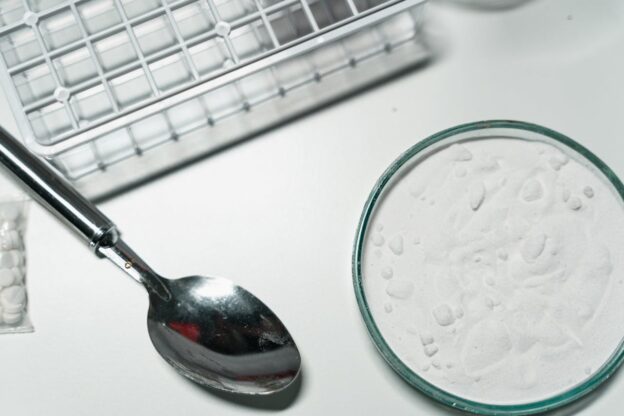When addiction touches your life or someone close to you, it’s natural to ask why it happened. Many people focus only on personal choices or genetics, but there’s more to it. The people around you, the place you live, and your daily experiences all shape behavior. That’s why asking what is the role of environmental factors in addiction is so important. Things like stress at work, family conflict, or easy access to drugs can all make recovery harder. Knowing how these outside pressures work can help you take steps forward. Support, care, and the right environment matter. If you’re looking for help, drug and alcohol rehab in West Virginia can offer treatment that focuses on more than just the addiction—it also looks at the world around you and how it affects healing.











